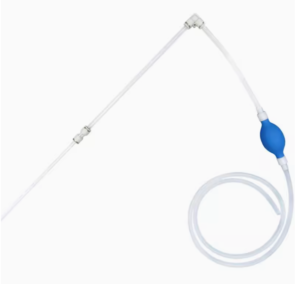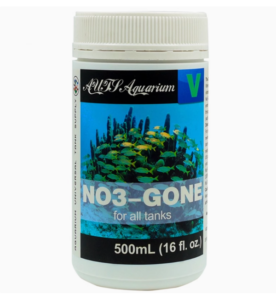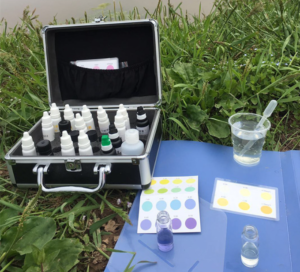How To Reduce Nitrates In Aquarium
In the process of fishkeeping, fish waste, uneaten food, and the metabolic byproducts of algae and plants are converted into relatively non-toxic nitrate through biological filtration. However, excessive accumulation of nitrate can still negatively impact water quality and fish health. Therefore, we need to take measures to reduce nitrate. Here are some methods:
Here are some methods to reduce nitrates in an aquarium:
1. **Regular Water Changes**
– This is the most direct and effective method. By replacing a portion of the aquarium water, you can quickly lower the nitrate concentration.
– You can replace 20% to 50% of the water each time. If nitrate levels are too high, you can perform multiple partial water changes.
– Note: Before changing the water, it’s best to test the nitrate levels in your tap water to ensure they are lower than those in the aquarium.

2. **Using Live Aquarium Plants**
– Live aquarium plants can naturally absorb nitrates as fertilizer, thereby reducing their concentration.
– Choose fast-growing plants, as they can absorb nitrates more quickly.
3. **Using Nitrate Reducing Agents**
– There are specialized nitrate reducers available on the market that can be added directly to the aquarium to lower nitrate levels through chemical or biological action.

4. **Installing Nitrate-Reducing Filter Media**
– Special filter media can cultivate anaerobic bacteria that break down nitrates.
– For example, Siporax is an effective filter medium that can promote nitrate decomposition.
5. **Reducing Feeding Amounts and Aquarium Bioload**
– Too many fish and overfeeding can lead to nitrate accumulation.
– Reducing the number of fish or controlling feeding amounts can effectively reduce nitrate production.
6. **Regular Aquarium Cleaning**
– Use a gravel vacuum to clean debris and uneaten food from the bottom of the aquarium, which are major sources of nitrates.
– Regularly clean the filter to prevent waste accumulation.
7. **Using Reverse Osmosis (RO) Water**
– RO water can remove nitrates and other impurities from the water, making it suitable for water changes.
8. **Regular Water Quality Monitoring**
– Use nitrate test kits (such as API test kits) to regularly check nitrate levels in the aquarium.

By employing these methods, you can effectively control and reduce nitrate levels in your aquarium, thereby maintaining healthy water quality and reducing the risk of algae blooms and fish diseases.
